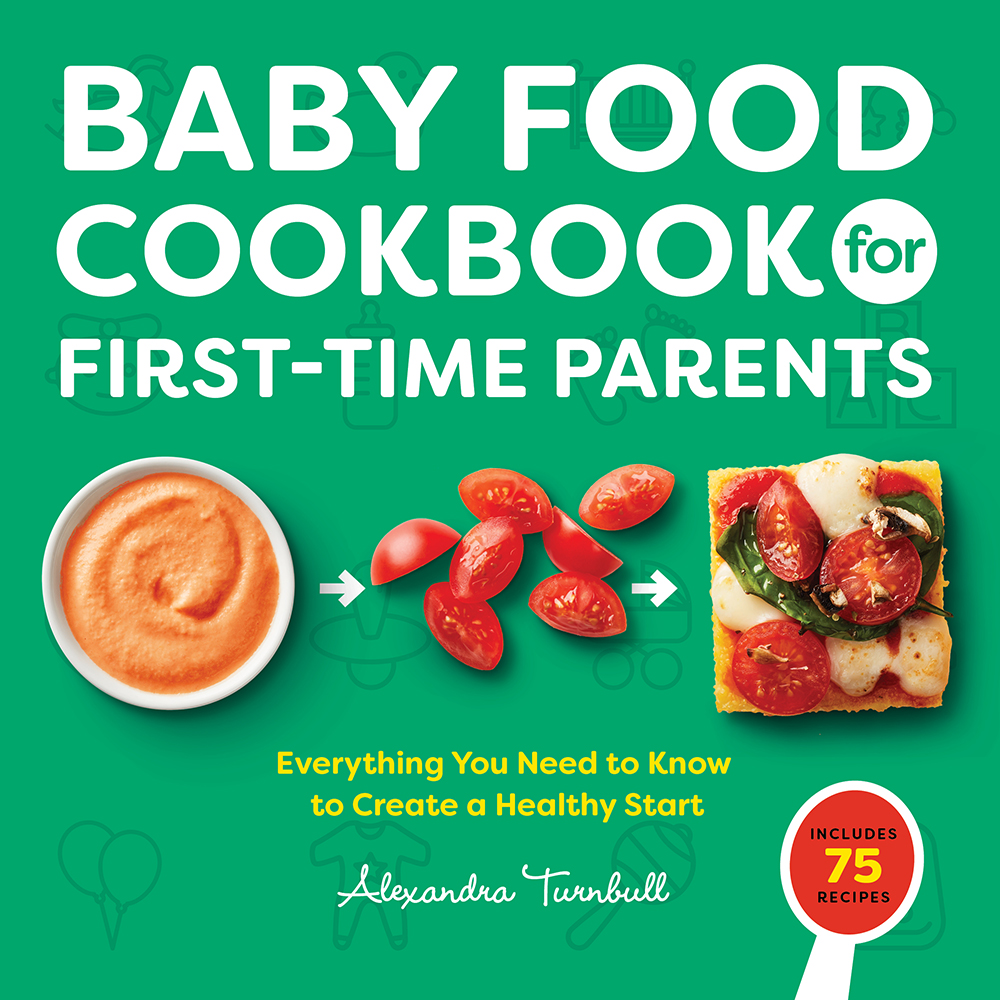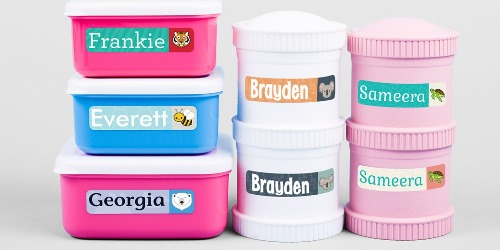“You shouldn’t offer dessert with dinner. They’ll just eat the dessert.”
Of course, you can offer sweets and desserts with dinner! Don’t be silly!
I can’t tell you how many messages I get from shocked parents when they try offering desserts with meals and it works! (Hint: I get this a lot.)
At the end of the day, you get to choose how to feed your family.
But what if I told you there is a way that can make feeding your family easier? Wouldn’t that be great?
What if your kids didn’t go crazy over sweets and treats? Wouldn’t that be a breath of fresh air?
What if your kids didn’t fight you to eat their veggies? Wouldn’t that be nice?
I’m here to tell you that these things are possible!
In this post, I will tell you exactly why offering desserts with dinner can be a good thing, and how you can handle talking about desserts with kids in a healthy approach!
Table of Contents
The Research Behind Serving Desserts with Meals
The concept of desserts with meals is so foreign to those of us raised in the era of “finish your dinner or no dessert”. It may have you wondering why would you even serve dessert with dinner.
While there’s no perfect time or way to serve desserts, there is research out there that helps us better understand this crazy theory of offering desserts with meals. Here’s some research to give you an idea:
- Children of parents who practice food restriction, such as only allowing dessert after eating a certain amount of dinner, show signs of disordered eating (including an inability to control themselves around tempting foods, eating when not hungry, and negative emotions around food and eating). They may also show a tendency to eat MORE unhealthy food (Fisher & Birch, 2002; Birch, Fisher, & Davison, 2003; Fisher & Birch, 2000; Loth, 2016).
- Restricting sweets, in particular, may reduce intake in the short term but increase preoccupation with sweets in the long term (Ogden et al., 2013).
- Children eat LESS dessert when it is served with the meal when compared to children served dessert after the meal (Huss et al., 2013; Jacquier, E. F., & Eldridge, 2016).
I know, I know. It’s hard to understand that offering something like a cookie with meals is a good thing. But this way we can teach our kids how to manage to eat ALL foods, especially when we’re not around! So let’s talk about how we can do this.
Don’t Make Sweets a Big Deal
Is your child obsessed with sweets? You’re not alone! Here’s the deal.
The more we make a big deal about it, the more they’ll want it. It’s just the way toddlers and kids work. You tell them not to push the red button and they want to push the red button. To help make sweets not such a big deal, try these strategies:
Avoid using treats and sweets as a reward or encouragement to eat other foods on their plate.
This just makes the dessert more desirable and all the other foods still dreaded.
Try offering desserts WITH meals and snacks.
I know, crazy right? This doesn’t have to be every meal, but offer desserts when it works and when you want to. It’s okay to say it’s not on the menu today, but it can be for tomorrow. Every once and a while, offer an unlimited amount so they can learn how it feels to eat a lot. I know this may make you feel uncomfortable, but this is a learning experience for them too.
Another option is to offer meals family-style, including desserts. Put out two-three servings of the dessert and allow your child to make the choice of how much they want from what’s available. I like to use mini versions of dessert foods so it does end up being less instead of more.
Just keeping it neutral.
Don’t make it a big deal. If we don’t make it a big deal, it’s less likely it’ll be a big deal to them. Kids like sweets. So do we. That’s just how it is. The goal is to have a healthy relationship with these foods, so we don’t go overboard when we do have them.
Dessert After Dinner or Dessert With Dinner?
Do you ever remember sitting at the dinner table telling your parents you are full, but you still had room for dessert? I do!
Instead of pushing ourselves beyond our limits just so we can eat dessert after the meal, offer it with the meal so they can learn how to balance out their choices.
Making kids “earn” it by eating a certain amount or type of food first before they can have the dessert pushes kids beyond their fullness and teaches them not to listen to their bodies.
Do we eat cupcakes every day? No. Do we eat sweets every day? No. But, we try to make them a part of some of our meals because we enjoy them. Who doesn’t?
Talking Sweets with Your Child
When it comes to your responses when your child requests sweets, keep the language positive.
Raising healthy kids is about creating a positive experience at meals where there is trust and autonomy. Having these two things at the table will only be to your advantage if you hope to decrease mealtime battles.
I know this is easier said than done. I too just want to give in sometimes because it’s the easy thing to do at the moment. But trust me, if you keep up with the tips below, you WILL see progress over time. I work on these every day myself!
Restriction vs Neutral Statements
Instead of this restriction statement: “You can’t have a cupcake until you eat your (insert food here).”
Child learns cupcakes are better than other foods and needs to be earned.
Try this neutral statement: “Let’s have a cupcake with dinner, which one do you want?”
Child learns that all foods can fit into a healthy lifestyle.
If your child is asking for sweets or asking for more
Acknowledge that they want it and let them know they will get more at a later time. Better yet, get down to their level and talk calmly. If you don’t have any left, let them know you’ll put it on the grocery list for next time.
- “I know you really want a chocolate. That’s not on the menu with lunch, but we can save one for dinner!”
- “I know you love cookies, let’s put them on the grocery list.”
- “Did you enjoy your cupcake? Let’s leave some so we can have more tomorrow.”
Try giving them options so they feel that they have a choice!
- “Would you like this one or that one with your dinner later?”
Here are some more examples:
Instead of:
- “You’ve had enough candy!”
- “Candy is bad for you”
- “No more candy today!”
Try this:
- “Candy is not on the menu right now, we can save some to have with dinner”
- “My favorite is the chocolate one, what’s yours?”
- “Which piece would you like to have with your next snack? This one or that one?”
Now it’s your turn! Try out these positive phrases and offer dessert with meals for the next month and see how it goes. I get it. It doesn’t work for everyone, but if you’re struggling with your child obsessing over sweets and nothing is working, it doesn’t hurt to try!
When you offer dessert with dinner and they actually ate their dinner…
Trust me, this can happen! They may want to eat dessert first, but over time they will surprise you with what else they go for and finish!
It may not happen at every meal, but when you take away the restriction and novelty, the excitement of having dessert wears off over time, and they won’t be overly fixated on the dessert compared to everything else. They will learn that all foods have a place. Even their favorites!
So many parents have shared with me their success with desserts with meals after their skepticism at first.
“We tried the Desserts with Meals strategy last night for the first time and it was a success! I was really nervous at first that my daughter would only eat the couple of mini M&Ms I offered with her meal, but she still ate most of her meal AND left a few M&Ms. I was shocked and also pleased. Plus she didn’t ask for a treat after dinner like she was used to on occasion.” – Amanda, mom of two
There’s no magic amount of time for when exactly this will happen – every child and family is different.
Yes, they might eat the dessert first.
They might not touch anything else at that meal.
They might ask for more dessert.
If this is what you’re concerned about, then you’re missing the point. It’s completely normal for kids and human beings in general, to enjoy some foods more than others. You and your child may always enjoy dessert-type foods over others! Again, they taste good, and that’s just how it is!
Concerns with Added Sugars
You may be thinking it can’t be good to be offering all these added sugars and desserts with dinner. Yes, added sugar is a nutrient to be aware of, but the food restriction is also something to be aware of too.
As a dietitian and mom, what I care more about (than the added sugar you may be terrified about) is for you to help your child learn how to navigate these foods that often come with guilt and shame.
My goal for you is to help your child have a healthy relationship with food, long-term. Food restrictions will almost always backfire. The reality is that sweets and desserts are around and will continue to be. Help your kids learn how to navigate it rather than avoid it, especially when you’re no longer around every minute of every day.
A Takeaway Message from Me
If you’re worried about your kids only eating the dessert, I get it! But I encourage you to think outside of the one meal and worry more about the long-term impact of restriction, obsession, and forcing them to eat certain foods first.
What if we took this opportunity to teach them? To help them to experience what eating a lot of these foods feels like – sometimes.
What if we taught them that these foods aren’t restricted, so you don’t have to worry about eating so much right now because we will have them again sometime soon?
We are the teachers, and experience is far more important than doing it all for them.
We may know that the broccoli has more nutritional value than the cookie. We may also know the answer to their math problems on their homework, but that doesn’t mean we do their homework for them. So we shouldn’t decide what and how much they eat either. They need to learn this too, with our help and guidance.
Of course, you get to decide the what, where and when food is offered – so no, this is certainly not a free for all. It’s just casually offering dessert with dinner or other meals, sometimes in tiny amounts, and sometimes in endless amounts.
Not at every meal, not all day long, but occasionally – when you decide.
And heck, if they ask for a chocolate with dinner tonight, it’s also okay to be flexible and say: “hey, that sounds like a great idea!” And eat the chocolate together.
If you’re feeling really uncomfortable with this philosophy, I challenge you to dig deeper and really ask yourself why and what the overall big picture and long-term goal is.
To sum up
You can offer desserts casually with and without meals within the mealtime structure, but ALWAYS keep this in mind that no matter when you offer desserts…
- Don’t make desserts a big deal
- Avoid making them eat certain foods or amounts before they get to eat the dessert item
- Avoid using desserts as a reward
- Avoid talking negatively about desserts
Neutralize desserts no matter when you offer them!





